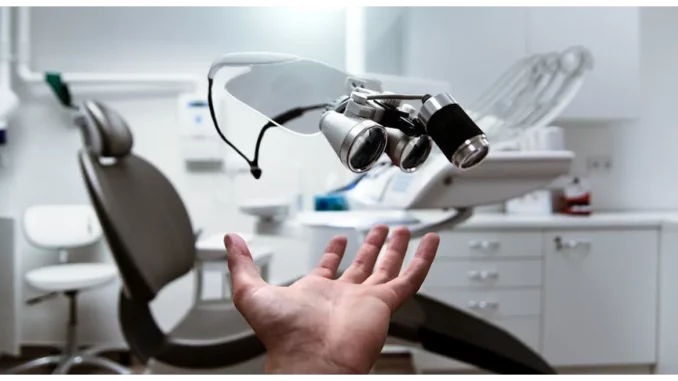
In recent years, the healthcare sector has undergone a significant transformation in logistics, primarily driven by the rapid integration of medical drone delivery services. This burgeoning field is projected to reach an impressive market valuation of $1.9 billion by the year 2032, underscoring the profound implications for global healthcare systems. Such growth is not merely a reflection of technological prowess but also signals a fundamental shift in the perception and execution of healthcare logistics.
TrueNAS: the healthcare storage solution thats secure, scalable, and surprisingly affordable.
Medical drones, or unmanned aerial vehicles (UAVs), have become indispensable tools within healthcare logistics. These drones are meticulously engineered to transport crucial medical supplies, including blood, vaccines, medications, and even organs, to healthcare facilities and remote areas. Their efficiency and speed render them invaluable, particularly in emergency situations where time is of the essence. The COVID-19 pandemic served as a pivotal moment for drone technology, demonstrating its capability to deliver vaccines to remote and underserved regions, notably in parts of Africa and Southeast Asia. This not only showcased their potential in managing public health emergencies but also highlighted their role in improving healthcare accessibility.
A key driver behind the rapid expansion of the medical drone delivery market is the significant advancements in technology. Enhancements in battery technology, such as the development of lithium-ion and solid-state batteries, have extended the range and flight time of drones, allowing for longer-distance deliveries without the need for frequent recharging. Moreover, high-precision GPS and Global Navigation Satellite Systems (GNSS) provide accurate navigation even in challenging environments. Innovations in obstacle detection through LIDAR and RADAR technologies further enhance safety, enabling drones to detect and avoid obstacles in real time. These technological advancements, coupled with improved payload mechanisms, have expanded the functional scope of drones, allowing them to transport a diverse array of medical supplies.
The impact of medical drones is particularly pronounced in the realm of emergency medical services (EMS). By supplementing existing EMS frameworks, drones can swiftly deliver essential life-saving supplies such as defibrillators, trauma care kits, and medications for cardiac arrest, especially when traditional ground-based services face limitations or delays. This capability is crucial during peak demand periods or in regions characterised by challenging terrains. Integrating drones into EMS infrastructure not only optimises response times but also alleviates logistical challenges, paving the way for more efficient healthcare delivery systems.
However, the integration of medical drones into healthcare systems is not without challenges. Regulatory compliance remains a significant hurdle, as countries around the world have varied regulations concerning drone operations. Balancing safety and privacy with these regulations is essential for widespread adoption. Additionally, the initial investment and operational costs can be daunting. Nonetheless, as technology advances and economies of scale are realised, these costs are anticipated to diminish, making drone delivery services more accessible.
Looking to the future, the prospects for medical drone delivery services appear promising, with the market set to grow at a compound annual growth rate (CAGR) of 22.3% from 2024 to 2032. This growth is driven by increasing applications within the healthcare industry, rising government initiatives, and growing public acceptance. Key market players are concentrating on innovation and strategic partnerships to enhance their offerings. Companies such as DHL, Matternet, and Zipline are at the forefront, developing innovative solutions to meet the evolving needs of medical supply delivery. As the market evolves, there will likely be a shift towards developing automated solutions and integrating drones with existing healthcare IT infrastructures. This integration will facilitate real-time tracking and efficient management of medical supplies, thereby enhancing the reliability and effectiveness of drone delivery services.
In essence, the rise of medical drone delivery services heralds a new era in healthcare logistics. By surmounting geographical barriers and significantly reducing delivery times, drones hold the potential to revolutionise the transportation of medical supplies, ultimately improving healthcare accessibility and outcomes. With technological advancements continuing to propel market growth, the future of medical drone delivery services appears bright, offering exciting possibilities for the healthcare industry on a global scale.


Be the first to comment